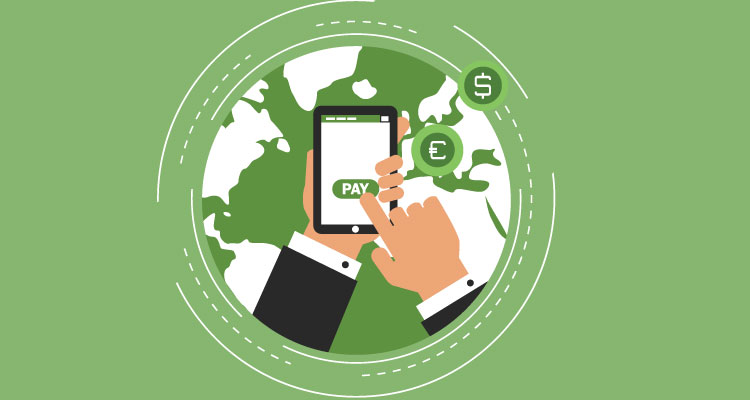Regardless of whether you’re a freelancer or brick-and-mortar small business, working with international clients takes a little extra set-up. However, international customers and vendors are now a way of life. As a business owner, this is a win-win. When you expand your market you can’t help but boost your bottom line. There are some unique challenges when working with international customers or clients. This is especially true when it comes to invoicing and accepting global payments. That’s why we’ve put together these tips to keep in mind when creating international invoices.
Table of Contents
ToggleDo some research before any commitments.
If this is your first time working with an international client, then it’s in your best interest to do some homework before you begin. By doing your homework you will know exactly what you’re getting into. The last thing that you want is to send an invoice only to get hit with fees, taxes, or a delay in payment.
This information may take a little digging and reflecting. You will need to find out if there are any special tax considerations or forms that need to be filled out. Also, think about which currency you’ll be paid-in and how exactly you’ll receive international payments. Remember to determine which currency you’ll send your company quotes in so you know when creating international invoices.
Understand currency exchange rates and fees.
One of the most important aspects of creating international invoices is currency exchange rates. It may seem confusing at first. However, sites like TransferWise provides updated currency exchange rates to make life a whole lot easier.
Determining exchange rates is just one piece of the puzzle. You also have to factor in transaction fees. For example, even though PayPal is widely used globally, you may be charged margins of up to five percent on the real-time exchange rate. The same is true with most banks and wire transfer services.
Thankfully, invoicing services like Due only charge a flat 2.8 percent per transaction price no matter where the payment is coming from. Due also allows you to send invoices in multiple languages and currencies. Another option is to accept direct deposits into your bank account via recurring payments or accepting eCash like Bitcoin. These options cut out the middlemen so that international payments are immediate and cost next-to-nothing.
Always quote rates in USD.
Even though services like Due, PayPal, Worldpay, and Stripe come with multi-currency functionality, it’s probably just easier to quote rate in USD. After all, you already have a full plate, so why make any more work for yourself if your don’t have to?
The good news is that the United States Dollar has universal worth in most countries. So, quoting rates in USD isn’t a bad idea. Just make sure that you inform your clients or customers in advance, and let them know that you preferred to be paid in USD.
Be aware of cultural norms and expectations.
What does this have to do with invoicing? A lot, actually.
For starters, there may be differing expectations on the scope of your work. A web designer, for example, may have different roles in various countries. This simple misunderstanding can delay a payment since the client doesn’t believe you did the work that you were hired to do.
The best way around this is to have a contract that details what’s expected of you and the scope of your work.
Additionally, not every country has the same Monday through Friday schedule that we have in the states. For instance, in most of Europe the work week is 30 hours, the week starts on Sundays in Israel, and China uses Alipay instead of gateways like PayPal. This means invoicing a client on a Friday evening or Saturday probably means that they won’t even look at the bill until Sunday or Monday.
Make note of time zone differences.
On top of norms and expectations, you also have to think about time zones. This means that if you lived on the West Coast and emailed an invoice at six p.m., you’re not going to get a response until the next day.
What if you need to schedule a meeting with a client to address a billing error or discuss a late payment? Don’t expect the client to even be awake when you call.
You can, however, use tools like Calendar to schedule these meetings since it automatically detects time zones. In this way you will know if you are calling someone in the middle of the night — so everyone is on the same page.













